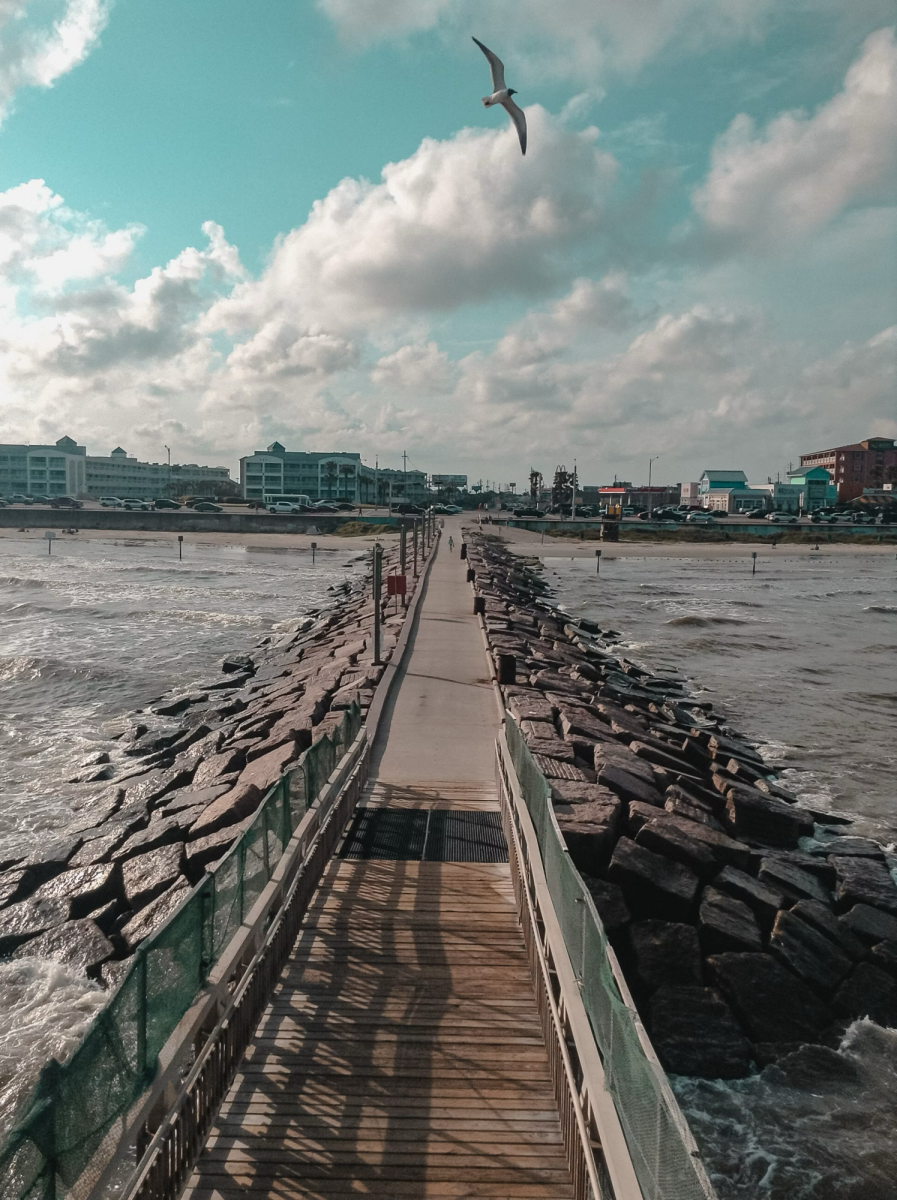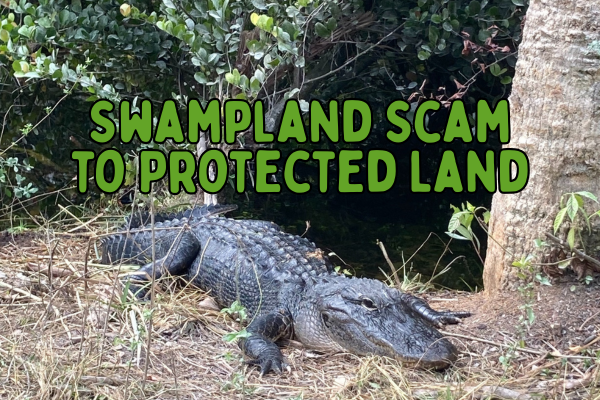Seawalls are just about everywhere in Marco. Any home on a channel has one, and many beaches in the area do, too. Despite how used to seeing seawalls we are, they can have many negative effects on the environment.
One of the most noticeable effects is beach erosion. Due to offshore currents going past a beach, sand will often travel sideways down the shore. The sand is swept along the beach from one area and deposited in another area. Adding a seawall will often reduce beach erosion in one area but will increase it downstream, which can make it counterproductive.
Beach erosion also can have negative effects on wildlife. The reduced shoreline means many plants and animals are unable to migrate between land and marine environments. This means that the connection between land and aquatic environments is reduced. Seawalls often make it near impossible for many plants and animals to migrate inland like they otherwise would if there was no seawall. This leads to the loss of many nursing and foraging grounds for fish and birds which could reduce the population of many animals.
Seawalls also reduce the intertidal zone, the area where the ocean meets land between high and low tides, which crowds many intertidal creatures into much smaller spaces. Many groups of creatures are changing due to the difference in the substrate.
Seawalls also don’t tend to have any hiding areas for protection, this reduces the likelihood of larvae surviving to adulthood in the area. Since many creatures that are affected by sea walls are creatures that are unable to move if the larvae are not able to survive then an adult can’t either.
There are some cases where a seawall benefits marine life such as seawalls in Sydney Harbor, Australia. These seawalls provide shade which caused an increase in species diversity in the area. Despite this researchers have found that on a wide scale, seawalls tend to decrease the species diversity around them, as compared to a natural shoreline. Seawalls can also cause an increase in climate risk in the long term. Green buffers such as mangroves are generally a lot better for dealing with sea level rise than seawalls are but aren’t always suitable for a location.
Seawalls can have positive effects but where they succeed they fail elsewhere, stopping erosion in one place only to increase it downstream and negatively affecting many plants and animals. While there have been seawalls that have had positive effects on a wide scale they have mainly negative effects on the environment.












